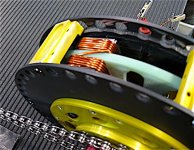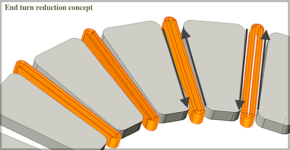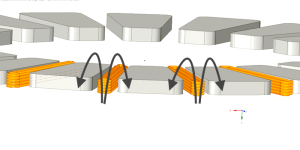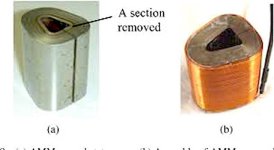Dui ni shuo de dui
10 kW
fechter said:If you can get the desired number of turns with a single strand then that tends to be the easiest to build and the coils will have more mechanical strength.
Never tried it myself, but are you sure? It seems a bit counter intuitive, I would have thought that it would be much harder to bend a thick wire than just having to wind multiple thin ones. Did I miss someting somewhere?
Also, one other benefit of multiple strands is that it is usually said that it can get more dense than single ones, so you should be able to get a better copper cross section in the end, thus, more current passing through.
I'm not sure what are the actual disavantages of multi strand.









